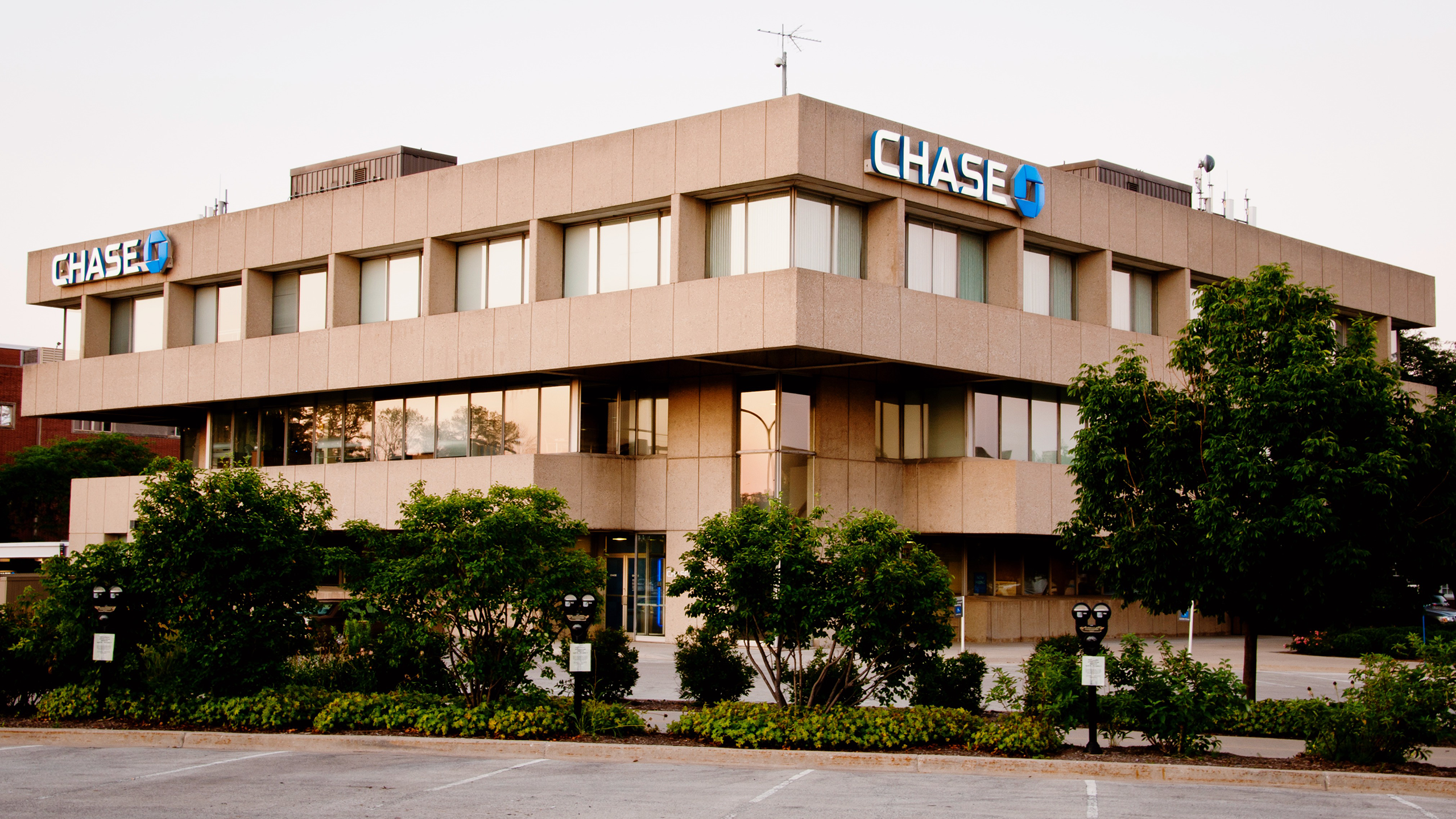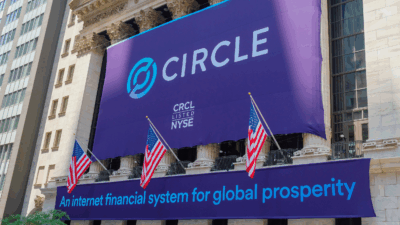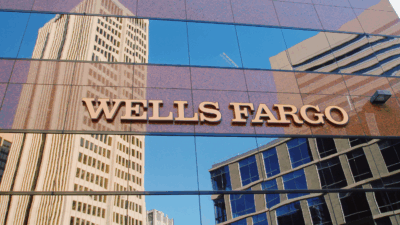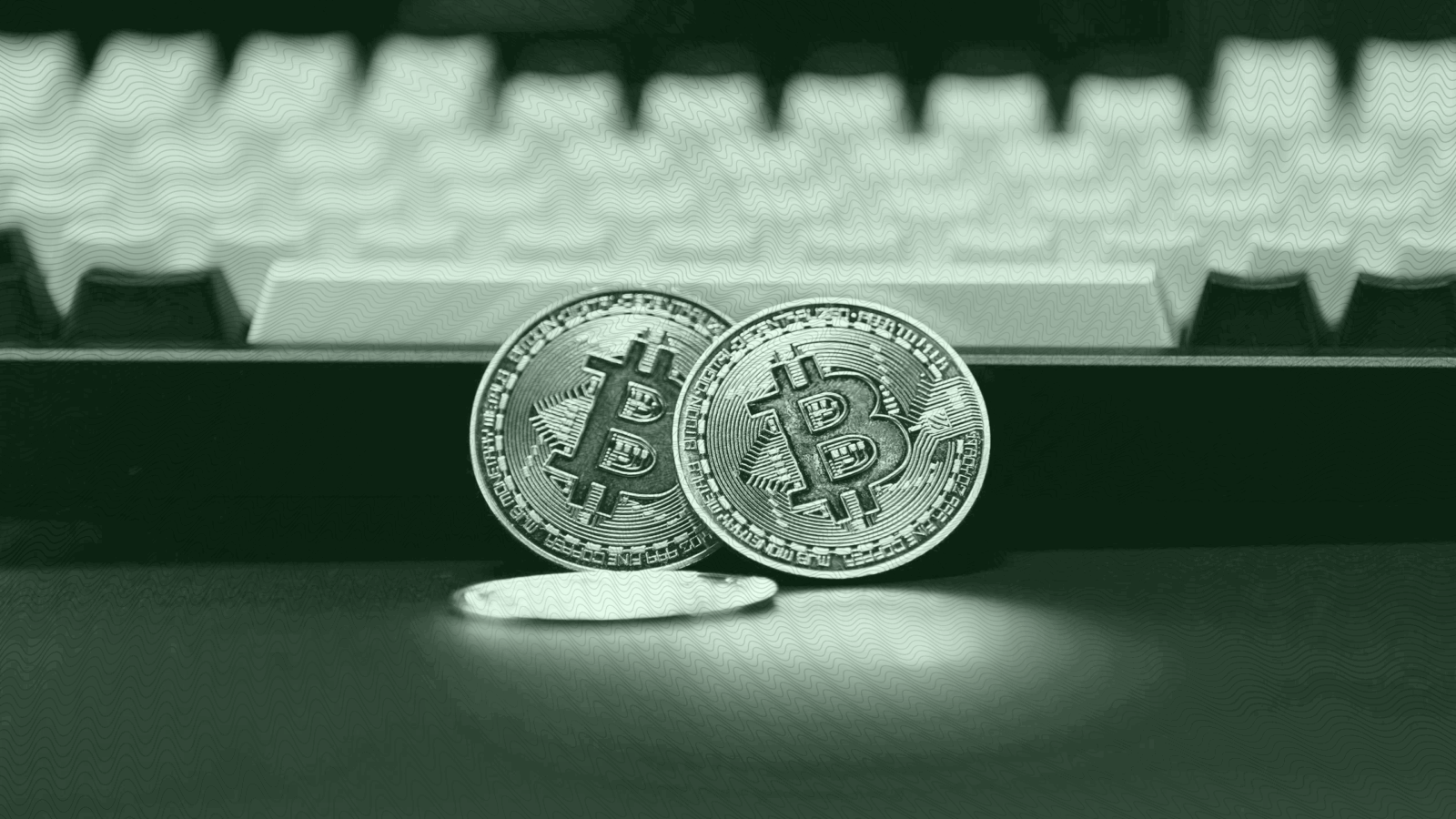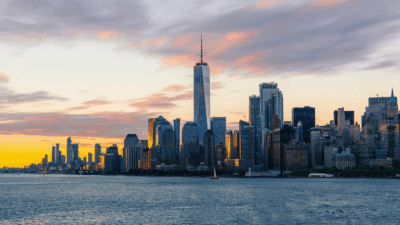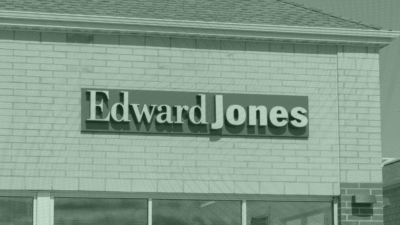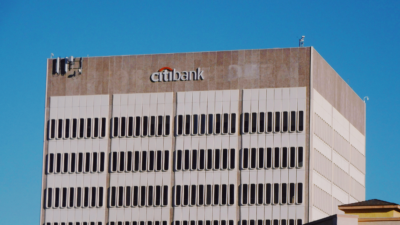JPMorgan to Open Nearly 100 Chase Branches in Low-Income Neighborhoods
JPMorgan Chase announced it will open nearly 100 brick-and-mortar locations in low-income inner-city and small-town American communities.
Sign up for smart news, insights, and analysis on the biggest financial stories of the day.
Even in the desert, flowers bloom. The same is true for so-called banking deserts, or communities that lack adequate access to financial services.
On Wednesday, JPMorgan Chase announced it will cut the ribbon on nearly 100 brick-and-mortar locations in low-income inner-city and small-town American communities.
Oasis in the Desert
Since 1977, banks have been required under the Community Reinvestment Act — which sought to curb the practice of redlining — to lend to low-income people in areas where they have a physical presence. Last year, rules were updated to better reflect that financial services are less and less pegged to a brick-and-mortar locations and provide more services online, shifting scrutiny to where banks offer services rather than simply where they have physical outposts.
Meanwhile, the Federal Reserve Bank of Philadelphia found last year that some 12.3 million Americans lived in US census tracts without a bank branch. The total number of bank branches in the country fell by 5.6% from 2019 to mid-2023. The rise of banking deserts, the St. Louis Fed noted, has disproportionately impacted low-income and minority communities. JPMorgan’s plan to open nearly 100 Chase branches in lower-income communities is underway: One branch opened in Brooklyn Wednesday, and there are already locations in New Orleans, Chicago’s South Side, and Los Angeles’ Crenshaw neighborhood. While the move aims to boost inner cities and small towns, it’s also plain good business that will give it footing in overlooked markets, the bank says:
- A Chase community center branch concept — which offers banking services but also financial literacy courses — was piloted in New York’s Harlem neighborhood five years ago. JPMorgan told The Wall Street Journal that people opened more checking accounts there than other branches in the area between 2019 and 2023, and that, four years after the branch opened, personal savings balances at the location had risen 73%.
- “This is not just ‘do-gooding,’ this is business,” CEO Jamie Dimon told the WSJ. “We measured these branches by number of customers, deposits, investments, and the model works.”
Brick by Brick: Earlier this year, JPMorgan said it plans to open more than 500 branches and renovate nearly 1,700 by 2027 to broaden its overall on-the-ground footprint. Rival Bank of America has also jumped into the race: Last month, BofA said it will open 165 new branches by the end of 2026. Physical locations have reemerged as business positives because ATMs and apps don’t upsell you on mortgages, loans, and investments.
